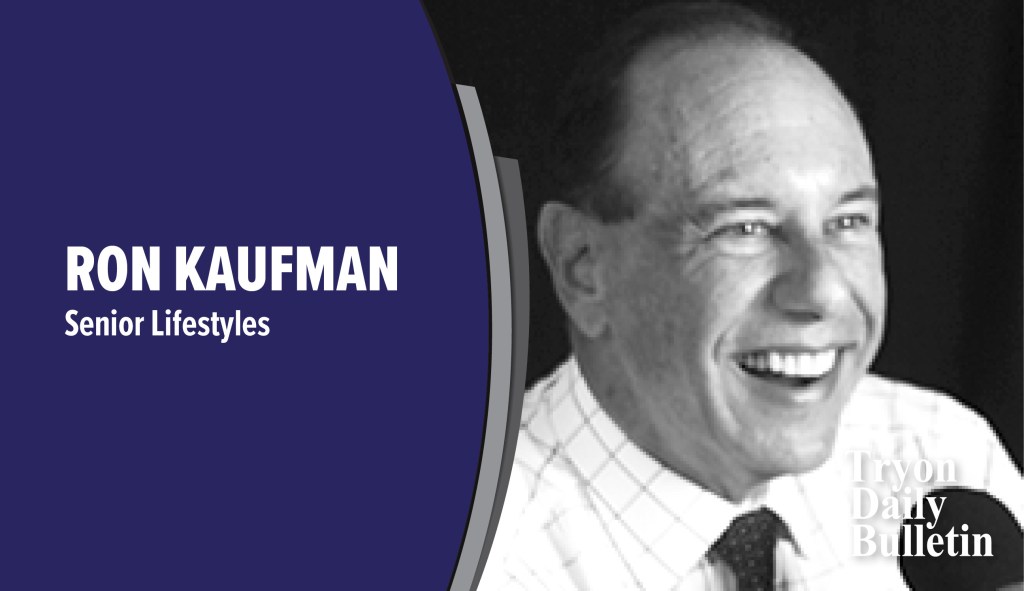What is COPD?
Published 8:00 am Tuesday, September 27, 2022

- pam stone
|
Getting your Trinity Audio player ready...
|
Chronic obstructive pulmonary disease (COPD) is the term for a group of lung conditions that prevent the lungs from working efficiently, are progressive and often lead to a range of complications. COPD could have gotten its foothold in the body decades before symptoms appeared, when as a younger person, the patient smoked, and over a period of many years the disease slowly became chronic.
COPD is a disease where the air sacs (alveoli) in the lungs become damaged and over time are impacted by the decrease in the exchange of oxygen and carbon dioxide in the body. This can cause a variety of symptoms, including wheezing, shortness of breath, and coughing, all of which can be severe and life-threatening.
The five most common types of COPD complications include:
Pneumonia – An infection causing inflammation of the lungs because of a viral, bacterial, or fungal infection. People with COPD are more likely to develop pneumonia and other lung infections. According to a study of 179,759 adults by Trusted Source, while they were being treated in the hospital with COPD complications, pneumonia developed in about 36 percent of those who were experiencing their first disease related flare-up. In another Trusted Source study, older adults with COPD developed pneumonia six times more often than people without this condition.
Acute Respiratory Distress Syndrome – ARDS is a life-threatening condition that usually develops in response to a severe chest injury or an infection such as pneumonia. The result is severe inflammation of the lungs that causes fluid to leak into the blood vessels in the airways causing the small air sacs to collapse and making breathing extremely difficult.
Depression – Having COPD can also lead to mental health issues such as depression. In another Trusted Source study involving 76,020 people, half of whom had a diagnosis of COPD, the rate of depression was almost two times higher in the people with COPD.
Heart Failure – This is caused when the heart muscle cannot pump blood efficiently through the body. It is a progressive condition that can occur on the right or left side of the heart or on both sides.
When the lungs are not working as they should, this can place additional stress on the other organs of the body, including the heart. For example, COPD can cause low oxygen levels in the body. The pressure in the pulmonary arteries will increase as the body tries to counter this, which puts a strain on the heart. The heart can become weak and less able to pump efficiently. Research suggests that 20-70% of people with COPD also develop heart failure.
The severity of COPD varies greatly, which can make it difficult for doctors to provide an accurate life expectancy for people with this condition. That is why it is particularly important that COPD patients seek medical advice if their condition worsens, or new symptoms develop.
The long-term outlook for people with COPD varies considerably. COPD remains a progressive condition with no cure. However, early diagnosis, medications, oxygen and pulmonary rehabilitation therapy can help manage symptoms and improve a person’s quality of life. Regular checkups with your doctor along with lifestyle changes like not smoking, exercising, and taking steps to prevent infection may slow the progression of the disease and reduce the likelihood of complications.
Ron Kauffman is a Consultant & Expert Speaker on Issues of Aging. You may contact him by phone at (828) 696-9799 or by email at: drron561@gmail.com





